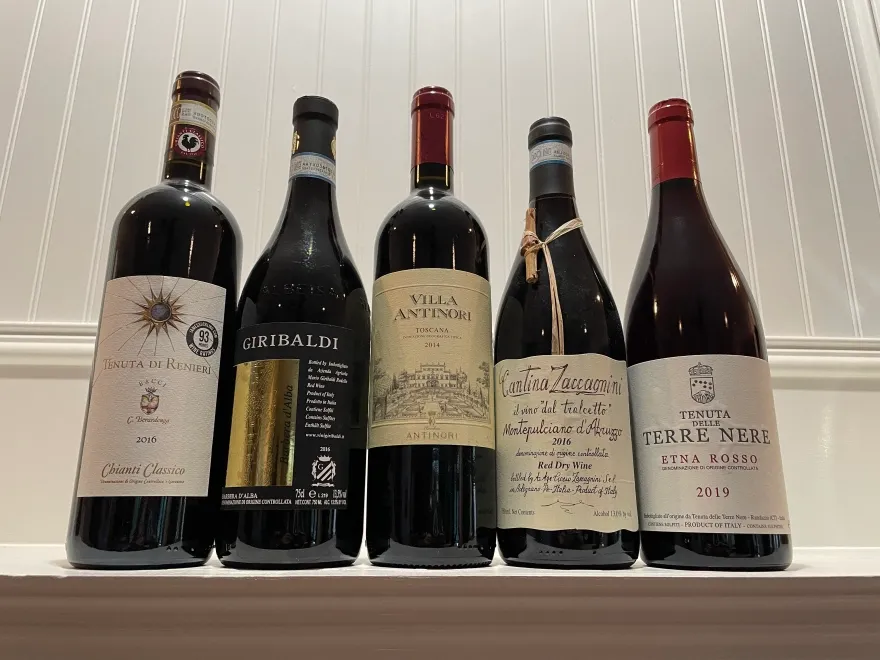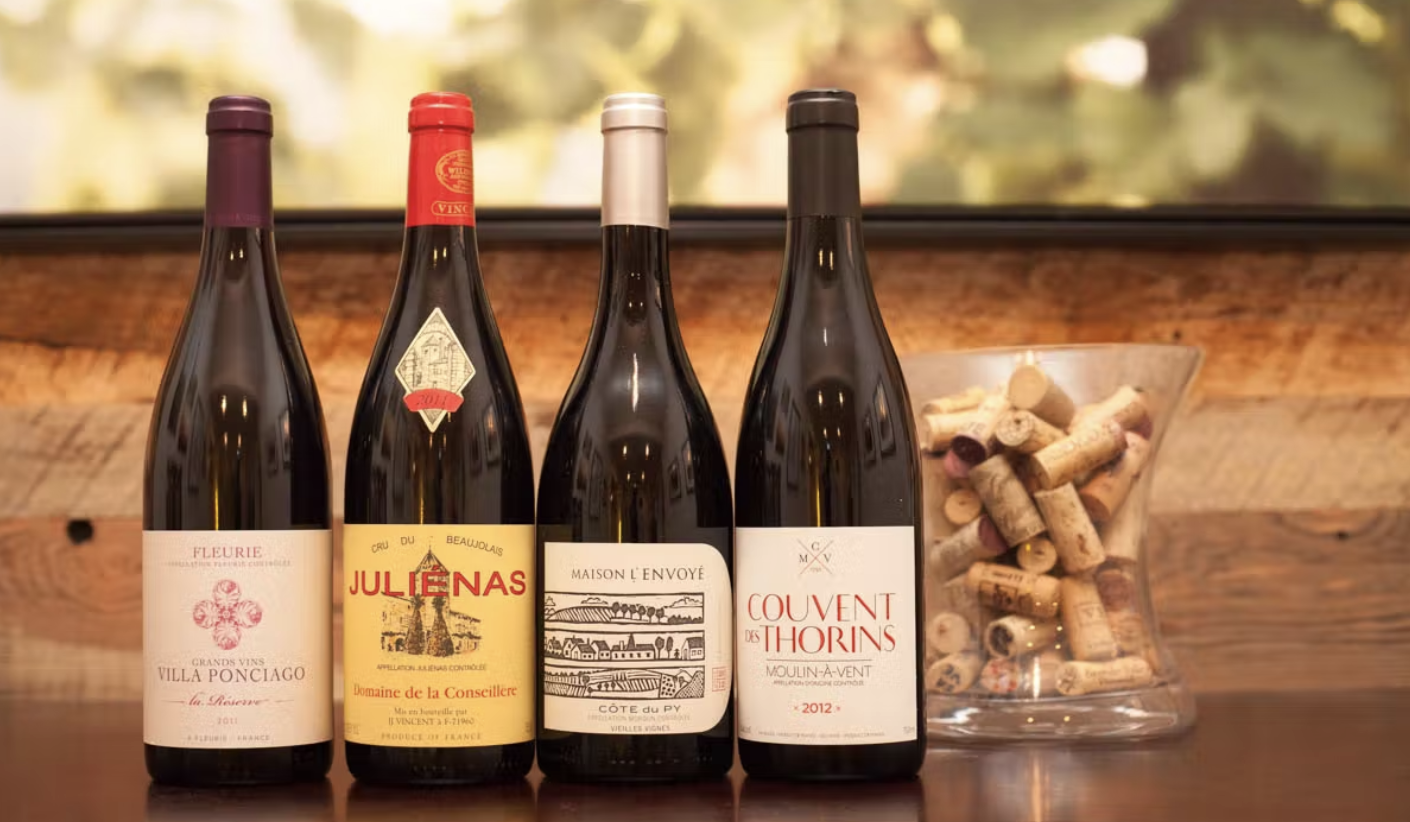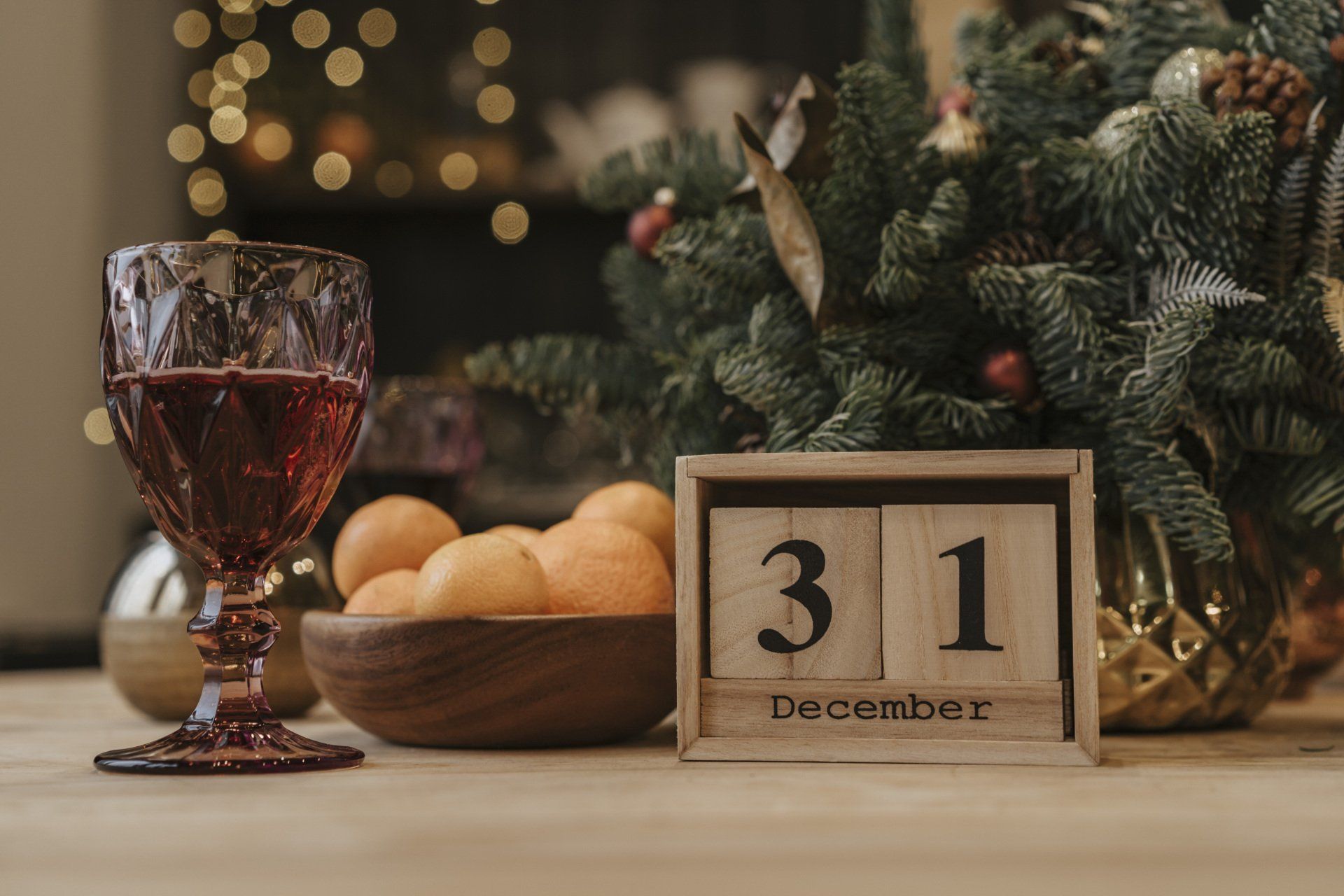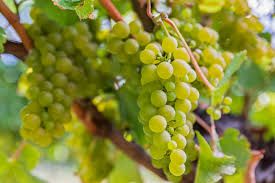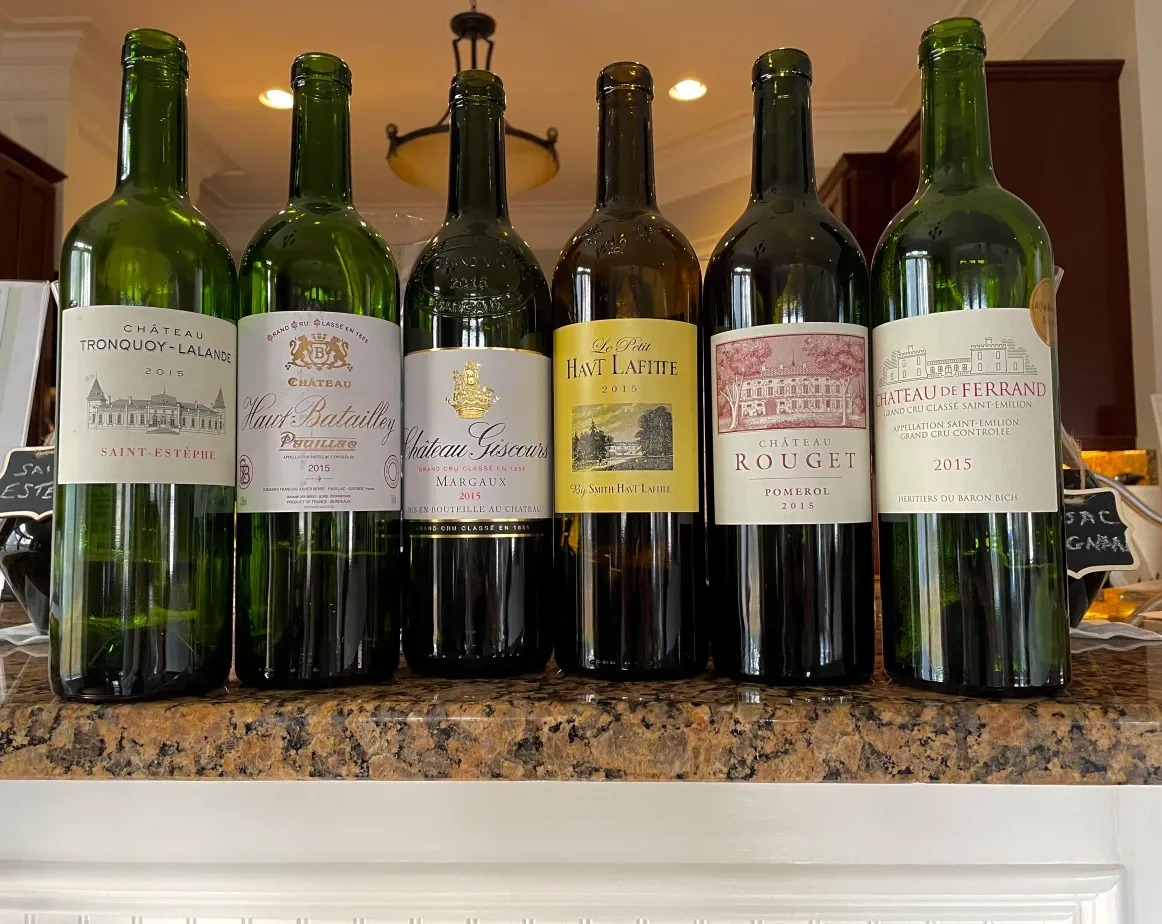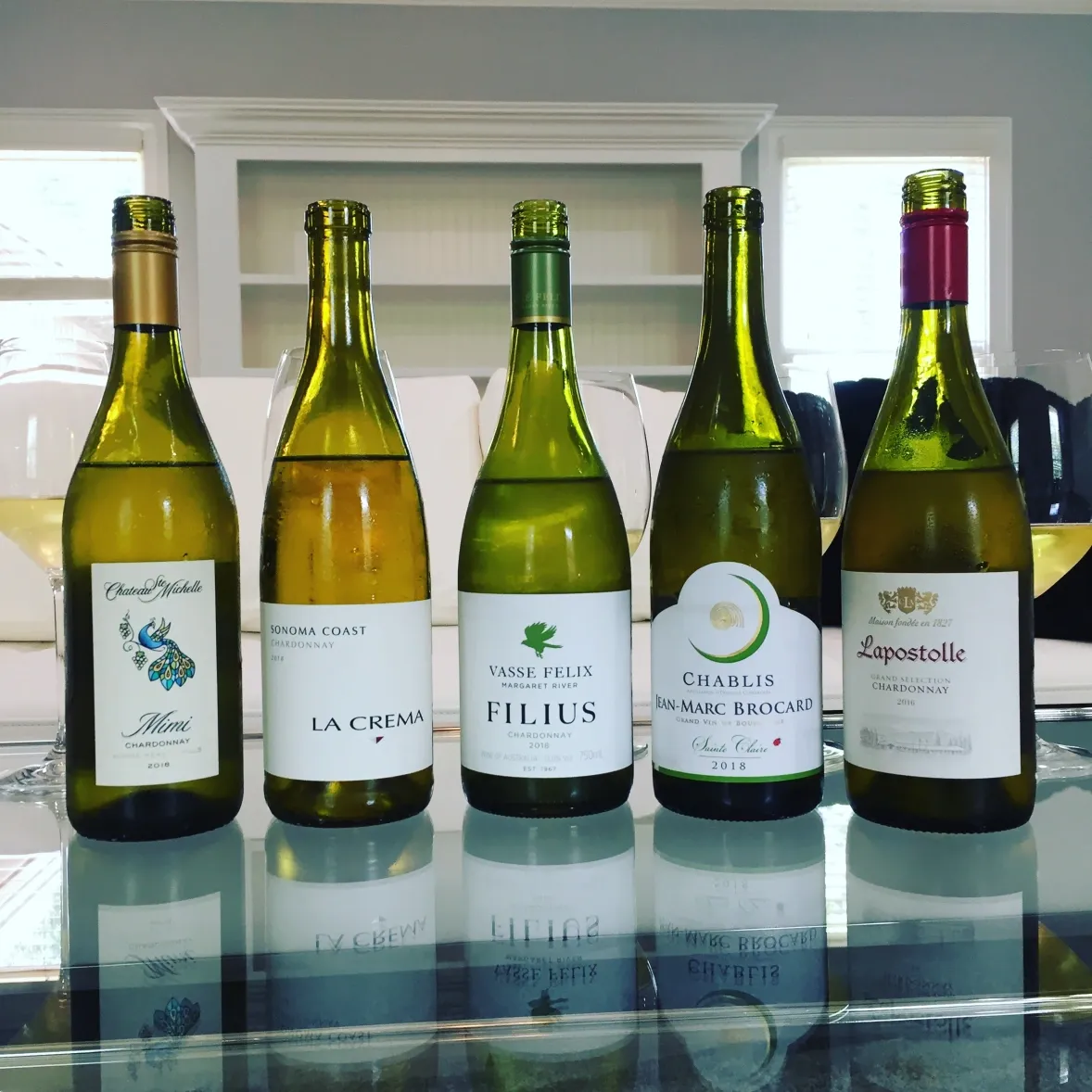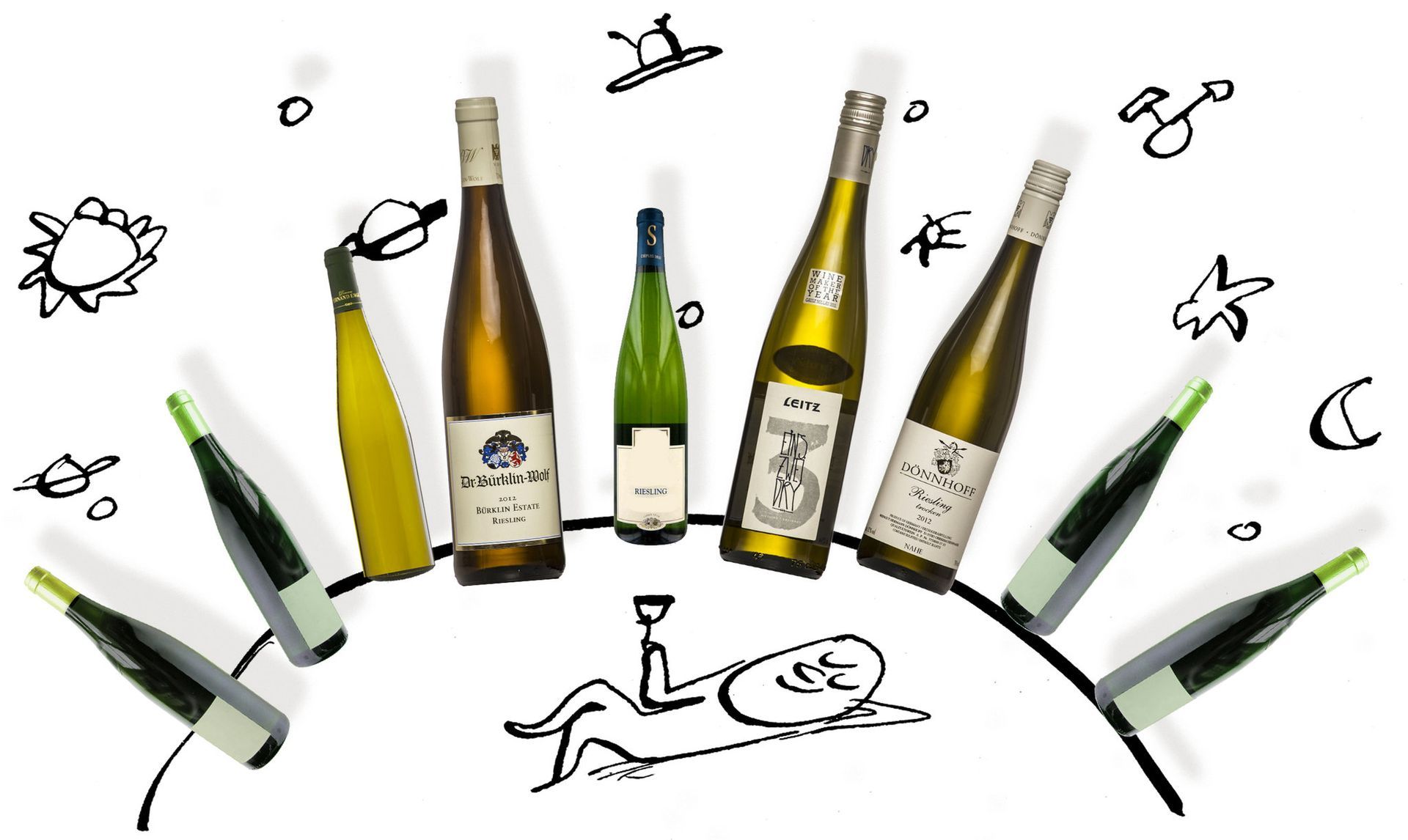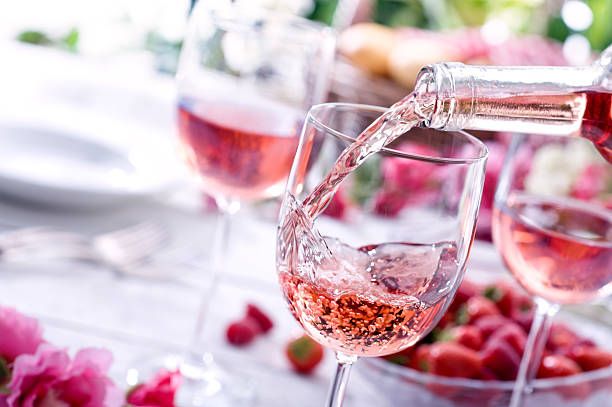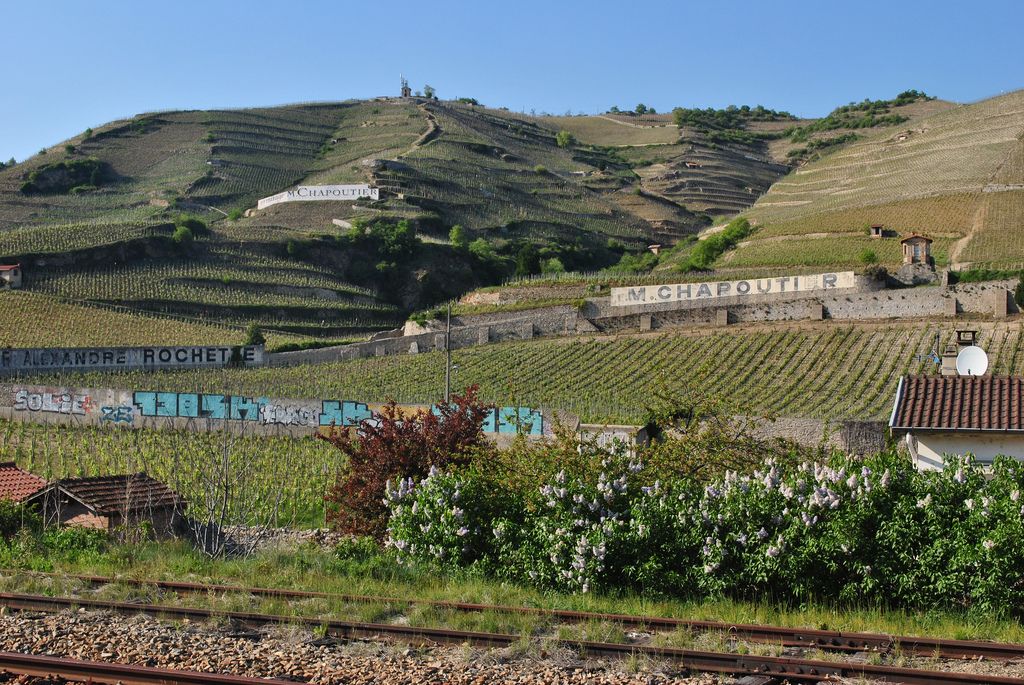Learning Wine Basics by Tasting
How do you learn the basics of wine? Tasting is the best way to learn, even for the experts. Start by grabbing paper, a pencil, and a bottle of wine. It's as simple as that. Tasting experience will increase your wine enjoyment and purchasing confidence. Read on...
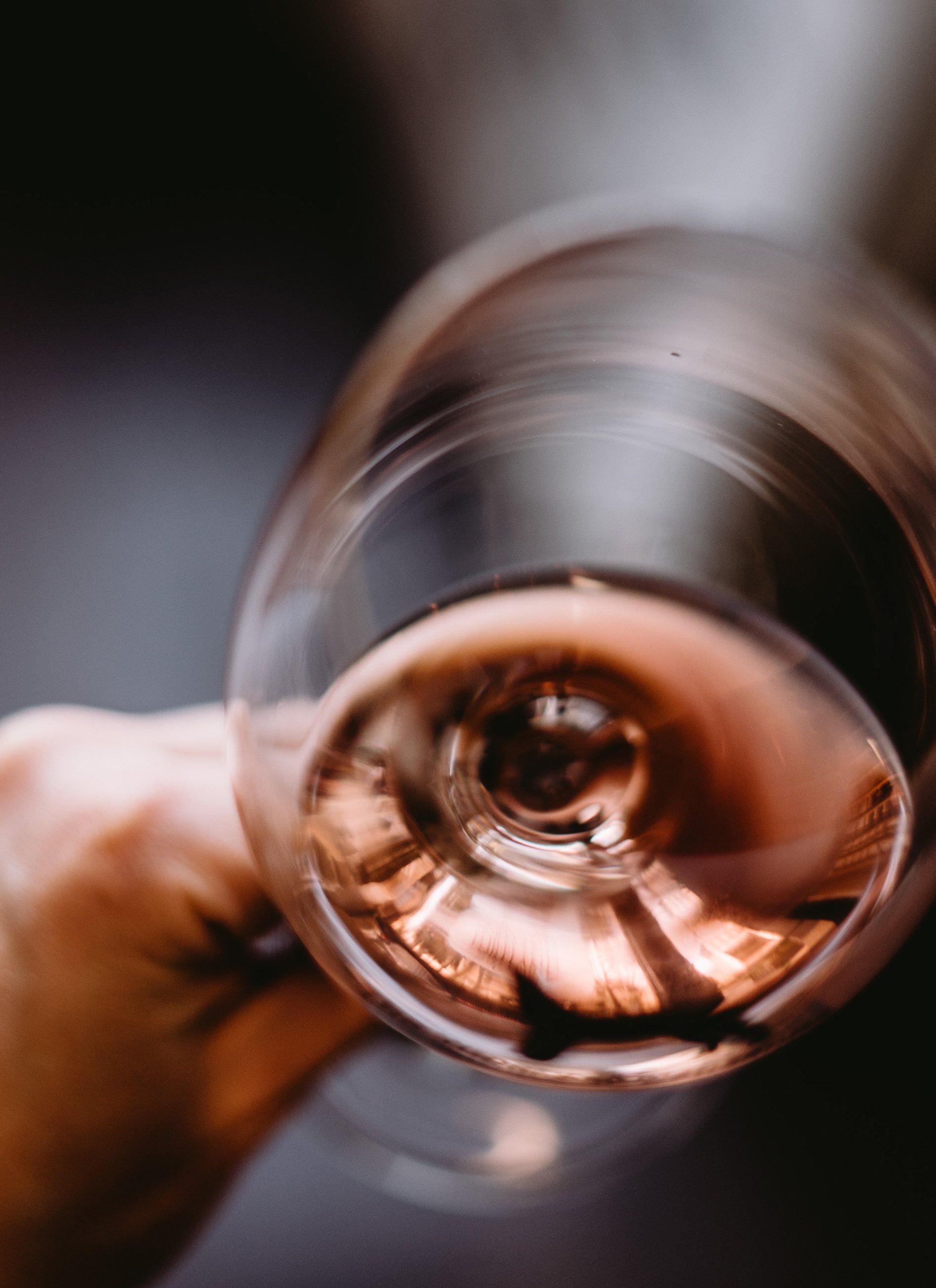
I cannot stress enough the importance of writing down what your smelling and tasting with each glass of wine you experience. I use a $2 mini (4.5x3.25in) composition book and carry it with me everywhere. Cheap or fancy; pen and paper or electronic cell phone notes; it doesn't matter, just practice. This should not be an exhaustive exercise. It just takes a couple minutes. You will see the difference in your notes the more you practice.
There are about 20+ different factors that experts note when tasting a glass of wine. Let's start with just how it looks, smells and tastes. I've included a few "other" factors below also to note as you gain more experience.
Appearance: The appearance can tell you much about a wine. For beginner purposes, we're just going to note briefly the clarity, intensity and color.
- Clarity: Most wines are very clear. If a white wine is cloudy, it may indicate a problem. However, if a wine has not been filtered for example, which is more frequent recently with the "natural" wine popularity, it may also appear a bit cloudy. Sometimes you'll see tartrate crystals in white wines. These characteristics do not indicate a bad or unsafe wine at all. These are just characteristics to note, for now.
- Intensity: How deep is the color of your red or white wine; pale, medium or deep? Most, but not all, white wines will be pale. For red wines, I call it deep if, as I'm looking down into the glass, I can't see my hand holding the stem. The intensity of the color is not necessarily an indication of the flavor intensity. It can be a better indicator of age. For white wines, a deeper color will generally indicate the wine has been aged longer. Red wines actually lighten in color as they age.
- Color: For white wines, is it more yellow/green or more gold in color? For red wines, is it purple or ruby, or is it leaning more garnet or tawny? The color of red wines comes from the skin of the grapes and can provide one of many indications of the grape variety in blind tastings. For both red and whites, a more tawny (for reds) or gold (for whites) color can indicate longer aging.
Aroma: What are you smelling? Pulling out different aromas in your wine is not an easy task, even for the most experienced. A few tips:
- Practice smelling different fruits and vegetables at the grocery store. Don't be shy, just pretend you're a serious chef and must ensure the quality of your produce.
- Purchase a few unique jars of jam such as goosebury, black current and red current. I'm able to pull out the smell of goosebury in my Sauvignon Blanc very quickly now, just from purchasing a jar of goosebury jam. Like many of these more unusual items, you'll find it more readily on Amazon.com versus your local grocery store.
- Pull out several different spices from your cabinet, place in generic dishes or jars, and practice trying to pick them out blindly. Suggested starters: black pepper, thyme, oregano, dill, cinnamon, nutmeg, ginger, and cloves.
- Go to your local Lowe's/Home Depot and smell the different flowers and plants. Learn the differences between honeysuckle, roses, violets, geranium, eucalyptus, and lavender.
Try to write down at least 3-5 diffent aromas from each glass of wine you taste. This gets much easier with practice.
Taste: What flavors are you tasting?
- Berries - red or black berries?
- Green fruit - apple, goosebury or pear? Does it taste like fresh fruit or cooked fruit?
- Stone fruit - peach or apricot?
- Citrus - lemon, lime or grapefruit? Juicy citrus? Or more like a lemon/lime peel?
- Spices - savory or baking spices?
- Flowers - white flowers, violets or roses?
- Do the flavors you're tasting match what you pulled out for the aroma? Whether the answer is yes or no can have several meanings; that's the advanced class, but it's just good to note for now.
Other: For the more experienced taster, there are many additional characteristics to note. I've briefly noted just five: acidity, tannin, alcohol, body and finish.
- Acidity - A tartness like you've just bitten into a lemon may indicate higher acidity.
- Tannin - A mouth drying factor, like sucking on a bag of tea, indicates higher tannin.
- Alcohol - A slight burning in your throat may indicate the wine has more alcohol.
- Body - A wine consistency of skim milk is lighter body versus whole milk is more full body.
- Finish - Count the seconds you can still taste the wine in your mouth after you swallow. Is that taste pleasing? Or bitter? I love a long fruit/floral/spice finish in wine.
Note: I will frequently refer to blind tastings in my posts. Blind tasting is not a contest or party trick (though can be a super fun activity for everyone at your parties for sure!). Blind tasting is the ultimate way to appreciate what's in your glass, not what's on the label, and the best way to learn about wine. More to come on that topic.
Conclusion: Did you like it? That is ultimately the most important conclusion of this exercise. I'm of the opinion that there is no "bad" wine from a taste perspective. Every wine has a purpose and someone who will appreciate it. By performing the quick exercise above, you will begin appreciating the differences in wines, and you will better describe to your local wine shop purveyor, or waiter in a restaurant, your personal taste profile, allowing them to recommend more wines within that profile. Even better, show them your paper or electronic journal with the specific wines you've tasted. They will greatly appreciate these specifics to guide you to other interesting wines you'll love.
Happy Tasting!
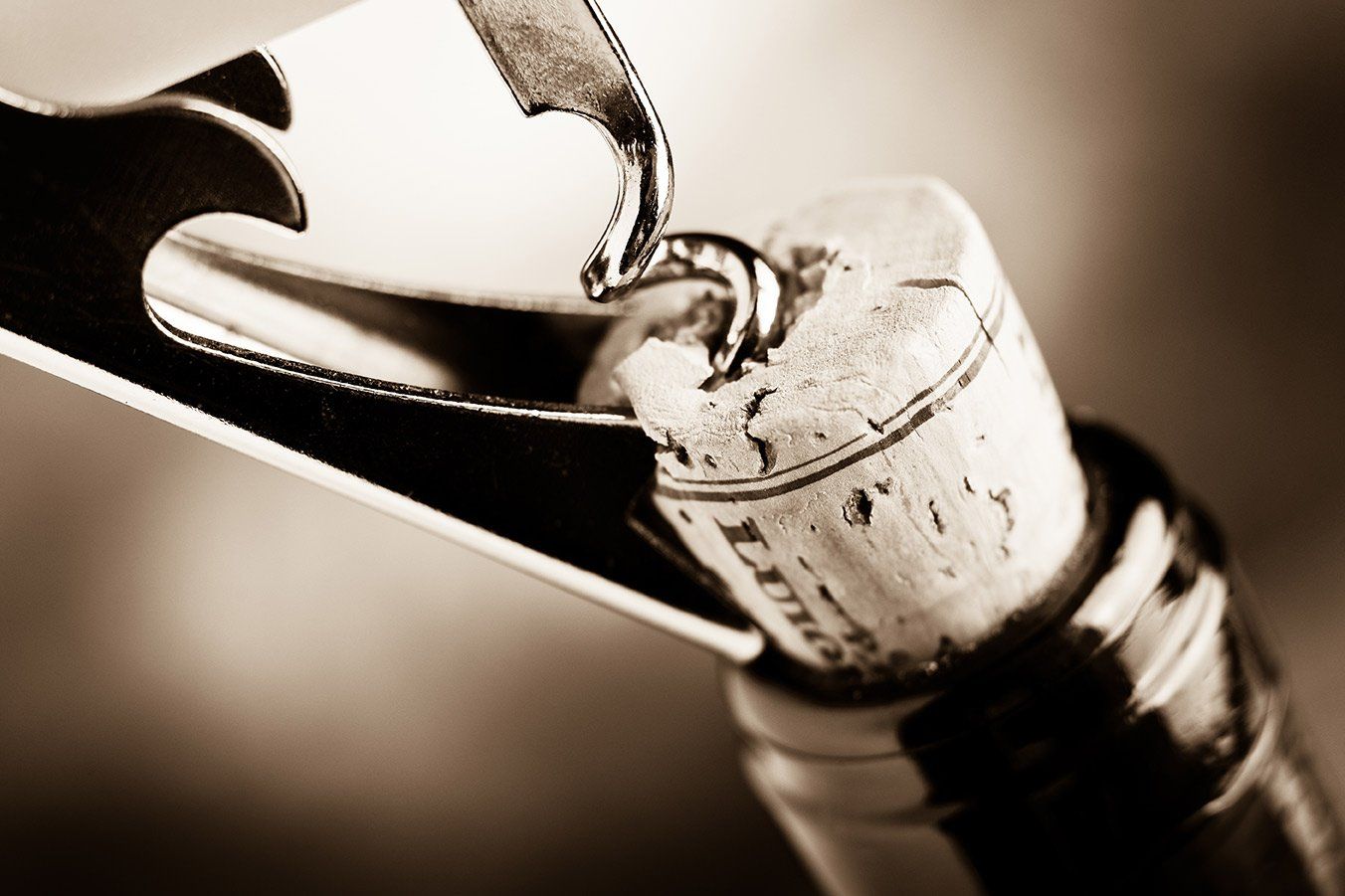
More Wine Articles
